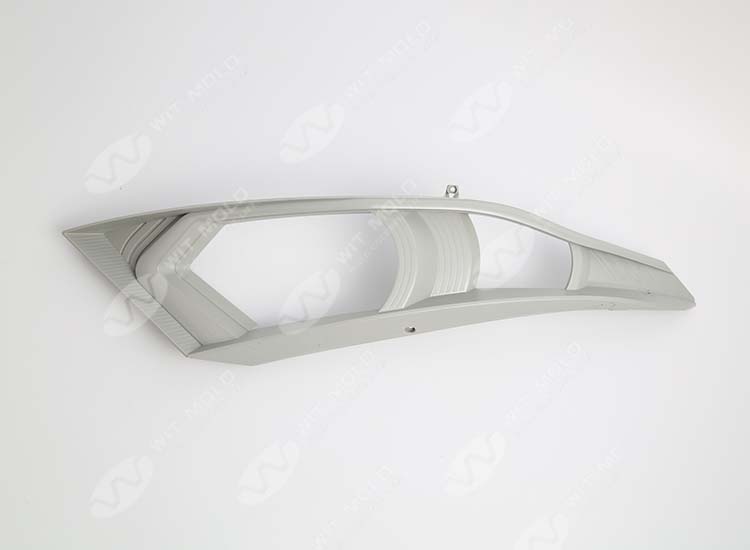Automotive Lighting Guide injection molds and system solutions
In today's automotive industry, lighting plays a crucial role in enhancing safety, aesthetics, and functionality. From headlights to taillights, automotive lighting systems must meet stringent standards for performance, durability, and design.
Evolution of Automotive Lighting:
Over the years, automotive lighting has evolved from basic incandescent bulbs to sophisticated LED and laser technologies. These advancements offer improved visibility, energy efficiency, and design flexibility.
Headlights, fog lights, daytime running lights (DRLs), and taillights are essential components of modern automotive lighting systems, each serving specific purposes to enhance driver safety and visibility.
Importance of Injection Molds:
Injection molding is a manufacturing process used to produce complex automotive lighting components with precision and efficiency. It involves injecting molten plastic into a mold cavity, where it solidifies to form the desired part.
Injection molds for automotive lighting must meet strict quality standards to ensure dimensional accuracy, surface finish, and durability. They are designed to withstand high temperatures, pressures, and repetitive cycles during production.
Key Components and Solutions: a. Headlights:
Injection molded lens covers and housing components are critical for protecting and housing headlight bulbs and assemblies. These components must be optically clear, UV-resistant, and impact-resistant to ensure optimal light transmission and durability. b. Taillights and Brake Lights:
Additional resources:
Advantages and application areas of Collapse Core MoldsInjection molded lens covers and reflectors play a vital role in directing and diffusing light from taillights and brake lights. These components are engineered to withstand harsh environmental conditions, including temperature variations and exposure to chemicals and road debris. c. LED Modules:
Injection molding is commonly used to produce housings and mounting brackets for LED modules used in automotive lighting. These components provide thermal management and mechanical support for LEDs, ensuring reliable performance and longevity.
System Integration and Design Innovation:
Automotive lighting suppliers are continuously innovating to develop integrated lighting solutions that enhance vehicle aesthetics, functionality, and safety. This includes adaptive lighting systems, dynamic turn signals, and customizable ambient lighting options.
Advanced design software and simulation tools enable engineers to optimize injection mold designs for efficiency, performance, and cost-effectiveness. Virtual prototyping and testing help identify potential issues early in the development process, reducing time-to-market and minimizing risks.
Innovation in automotive lighting relies on advanced injection molds and system solutions that meet the evolving demands of the industry. By leveraging cutting-edge technologies and design practices, automotive lighting manufacturers can deliver superior performance, reliability, and aesthetics, ensuring a brighter and safer driving experience for motorists worldwide.


Comments
0